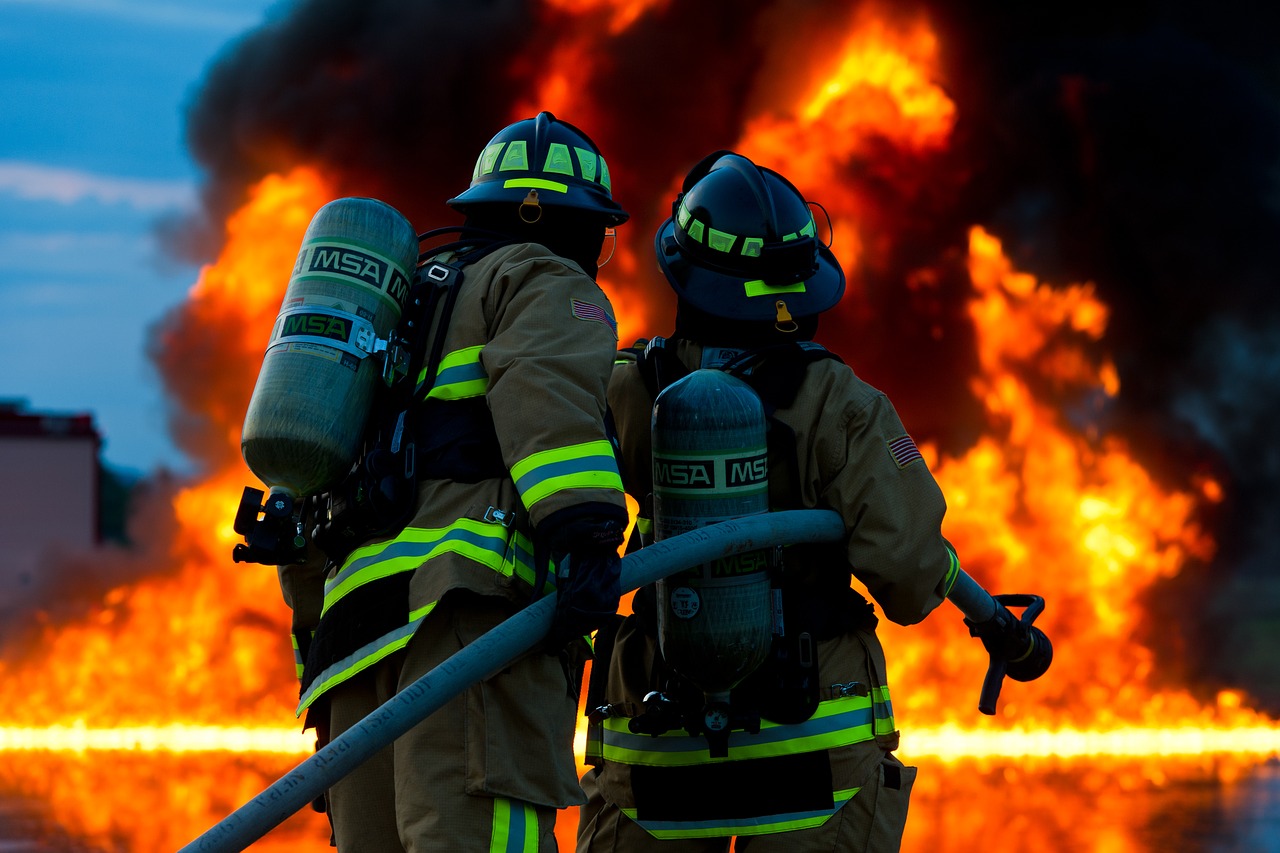
03rd
Bushfire in Regional Towns: The Risk of Asbestos Exposure
by Dave Collins
WA remains the hotspot for Australia's asbestos-related disease, according to a recent Australian Institute of Health and Welfare report which quoted 5 in every 100,000 West Australians have mesothelioma, an incurable cancer caused by asbestos exposure.
And while an Australia-wide ban on the manufacture and use of all types of asbestos and Asbestos Containing Material (ACM) took effect on 31 December 2003, we are still seeing these numbers rise throughout Australia.
As we head into bushfire season the question arises - what happens to residents of regional towns plagued with old buildings and hidden asbestos?
In 2015 a huge bushfire tore through the WA town of Yarloop killing two people and levelling almost 70,000 hectares of land and 181 homes and buildings.
As the recovery process began it became apparent that the presence of asbestos in older buildings, including plant, machinery, and equipment contained within some of these buildings, posed significant risk to residents.
Although many people think asbestos is destroyed in a fire, as soon as debris is lifted or moved the asbestos can become airborne, usually in a friable form. In this instance delaminated friable material from asbestos cement sheeting and “Klingerit” compressed gaskets caused contamination issues throughout the area.
Authorities learned a lot in the wake of the Yarloop fire and it prompted a national discussion about collaboration in the recovery process.
QED deployed to the area in the aftermath of the 2015 Waroona-Yarloop bushfire, conducting clearance monitoring during demolition of buildings destroyed by the fire and saw firsthand that there is a lot of work to be done in educating our communities around bushfire and disaster management.
Having a robust response and management process is essential. We have a whitepaper that outlines an example of the process we promote at QED to minimise asbestos risk following a fire and ensure the safety of those that fall within the contaminated area. You can download the document here.
Categories
Recent Posts
Navigating the GRESB 2024 Updates: Key Changes and Implications
26th Nov
GRESB’s 2024 Real Estate Assessment introduced significant changes, refining how ESG performance is measured and reported. These updates a...
Trichloramine and Indoor Air Quality in Swimming Pools
05th Nov
For swimmers and pool workers alike, the characteristic "chlorine smell" at indoor swimming pools is part of the experience. Howev...
Indoor Air Quality Takes Centre Stage: A New Government Report on Airborne Virus Transmission
30th Sep
The importance of Indoor Air Quality (IAQ) has gained significant attention following the release of a groundbreaking report from Australia�...

















